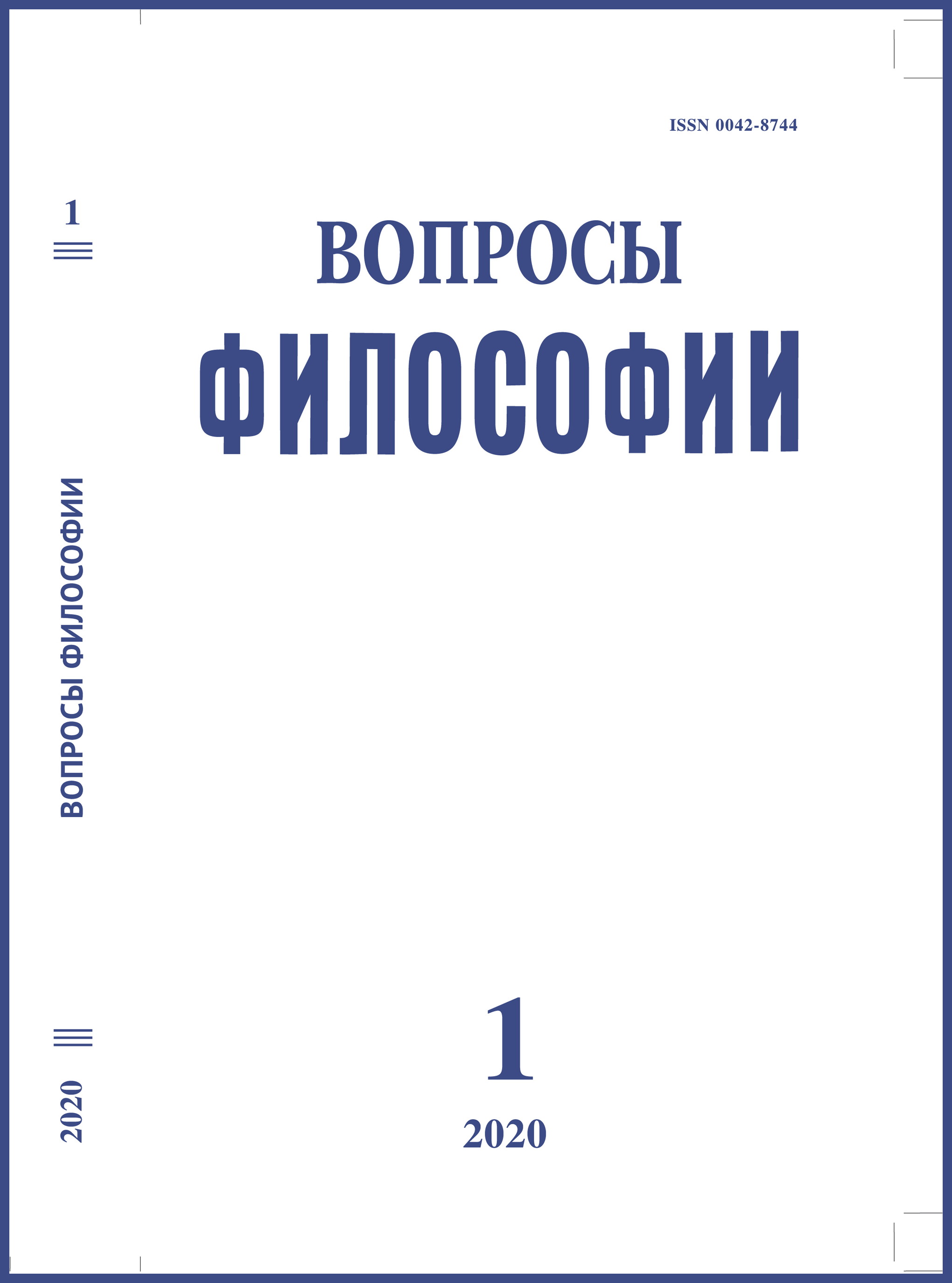The Echoes of Symbolism in Vladislav Khodasevich’s Aesthetics
DOI:
https://doi.org/10.21146/0042-8744-2020-1-85-96Keywords:
symbolism, decadence, aesthetics, poetry, V. Khodasevich, beauty, religion, myth, form and content, technique.Abstract
As a younger contemporary of the symbolists, Khodasevich experienced a strong influence of their aesthetics, but chose a different path in poetry and literary crit icism. His independent stance allowed him to discern both positive and negative
sides of Russian symbolism rather objectively. Under the influence of symbolist ideas he clang to the idea of the religious-mythological origin of art and noted two trends in poetry: existential and mundane. According to Khodasevich,
the foundation of art, which makes it different from religion, is beauty. He paid much attention to the dialectic of form and content, believing that content is finally settled only in the process of formation, and that form is part of content.
The creative method includes two main components: ecstasy (jubilation) and craft (technique). The principal function of art is penetration into the unknown, into another reality by way of transforming reality. A work of art is polysemic
and it allows for different interpretations. The effort of the perceiving subject is almost equal to the effort of the artist. Khodasevich thought that the positive achievement of the symbolists was their attempt to make art into a “life-creative
method,” which unites art and life, thus emphasizing the priestly function of art. He thought its drawback is its all-pervading decadence, exaggerated aestheticism, and their penchant for refinement.

